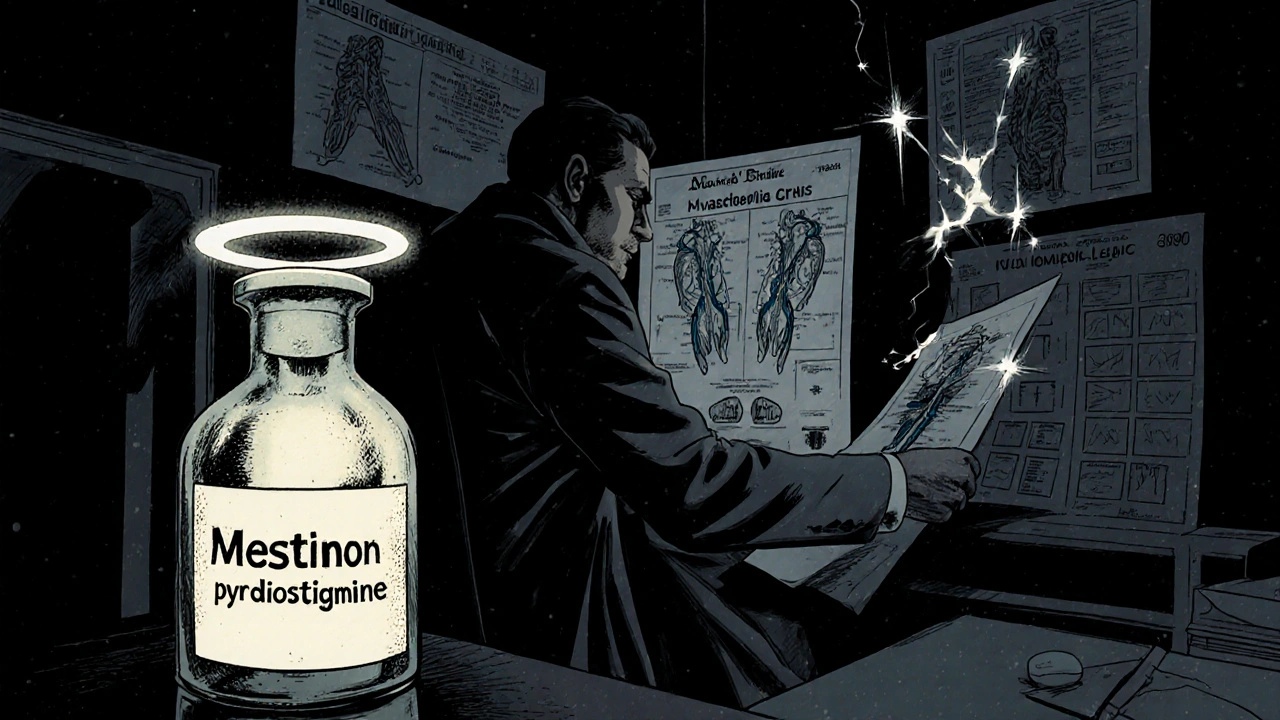Myasthenia Gravis: Symptoms, Treatment, and Living With the Condition
When talking about myasthenia gravis, a chronic autoimmune disorder that attacks the communication between nerves and muscles. Also known as MG, it shows up as fluctuating muscle weakness that worsens with activity and improves with rest.
Key Players Behind the Disease
The first thing to understand is that autoimmune disease, a condition where the immune system mistakenly attacks the body’s own tissues is the broader category that houses myasthenia gravis. Within this category, acetylcholine receptor antibodies, proteins that block the receptor for the neurotransmitter acetylcholine at the neuromuscular junction are the primary culprits. Their presence creates the classic symptom pattern: drooping eyelids, difficulty swallowing, and generalized fatigue.
Another pivotal entity is the thymus, a small gland in the chest that helps develop the immune system. Abnormalities like thymic hyperplasia or thymoma are found in many patients, and removing the gland (thymectomy) often improves muscle strength. This relationship—"thymus abnormalities influence myasthenia gravis"—is a core concept for anyone managing the disease.
Treatment doesn’t stop at surgery. immunosuppressive therapy, medications that dampen the immune response, such as corticosteroids or azathioprine is routinely used to lower antibody levels. The semantic triple "myasthenia gravis requires immunosuppressive therapy" reflects everyday clinical practice. Combined with short‑acting agents like pyridostigmine that boost acetylcholine signaling, patients can achieve a stable disease course.
Diagnosing the condition involves a few clear steps. Blood tests detecting acetylcholine receptor antibodies, electrophysiological studies that show reduced signal transmission, and imaging of the thymus all build a comprehensive picture. Early detection matters because a myasthenic crisis—a sudden worsening of muscle weakness that can affect breathing—requires prompt intensive care.
Living with myasthenia gravis means adapting daily routines. Energy‑conserving techniques, such as sitting while dressing or breaking tasks into short intervals, can prevent fatigue. Support groups and patient education programs also play a big role; they empower people to manage medication schedules and recognize early signs of a crisis.
For clinicians, the decision between immediate thymectomy versus medical management hinges on factors like age, disease severity, and thymic imaging results. Recent studies indicate that even patients without a visible tumor benefit from early gland removal—a fact that reshapes treatment algorithms.
Beyond the core entities already covered, other related concepts appear in our collection of articles: drug interactions, side‑effect profiles, and price comparisons for medications that patients often use alongside their primary therapy. Understanding how common drugs like antihypertensives or antidepressants interact with immunosuppressants can prevent complications.
Below you’ll find a curated set of posts that dive deeper into each of these topics—from detailed medication safety guides to practical tips for managing side effects. Whether you’re looking for the latest on thymectomy outcomes or need advice on buying affordable generic drugs, the articles ahead provide actionable insights tailored to the myasthenia gravis community.
Mestinon (Pyridostigmine) vs Alternative Treatments: A Detailed Comparison

A thorough comparison of Mestinon (pyridostigmine) with other acetylcholinesterase inhibitors, covering mechanisms, dosing, side effects, and when each option is best suited.
